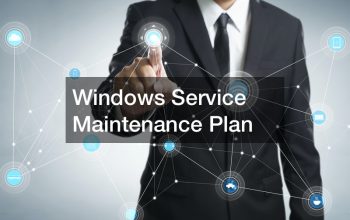Engine Horsepower Vs. PTO Horsepower: What’s The Difference?

There are a lot of misunderstandings when it comes to horsepower ratings. If you’re in the market for a new tractor, you may have noticed by now that tractors will have two different ways of rating horsepower.
These two horsepower ratings include engine horsepower and PTO horsepower. But what are the differences between engine horsepower and PTO horsepower and what do these differences mean for your tractor?
What is engine horsepower?
To determine the engine horsepower of your tractor, begin by separating the tractor and taking it apart from the engine. Hook a dynamometer up to the engine and measure its output at rated RPM.
The output will be what your engine horsepower is. Yet, every tractor also has a parasitic loss between the engine and the power take-off shaft that’s responsible for driving the implements of your tractor.
The implements that will drain some of the horsepower from your engine include your hydraulic pumps used to raise and lower your tractor’s three-point, power steering, and hydrostatic drive. Because of this, there will be a drop in the horsepower from the engine to the PTO shaft.
What is PTO horsepower?
Power take-off horsepower was especially important in the farming equipment industry years ago because it determined how much horsepower you needed to run a certain implement. For instance, if an implement in the back of your tractor took up to 50 horsepower, you needed at least 50 PTO horsepower to get it to work.
In recent years, tractor manufacturers began calling their tractors by their engine horsepower rather than their PTO horsepower. It’s important to know the difference between these two horsepowers because an implement that requires 50 horsepower won’t work on a tractor that has a 50 horsepower engine.
If you have a PTO-powered implement that’s going onto your tractor, look for the PTO horsepower on your tractor. The PTO horsepower number will always be lower than your engine horsepower.
Looking for low inertia clutches and brakes?
It’s no secret industrial machinery needs to best maintenance possible to stay productive and efficient. That’s why employment in the machinery maintenance industry is projected to increase by 7% by 2026.
Whether you’re looking for low inertia clutches or industrial brake and clutch that work with your engine driven PTO, we have the heavy duty brakes and clutches you need to get the job done. To learn more about our brakes, industrial clutch, and engine driven PTO, contact us today.


